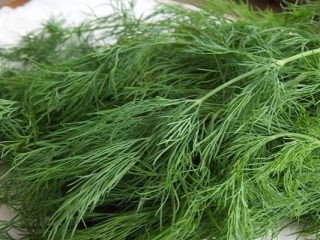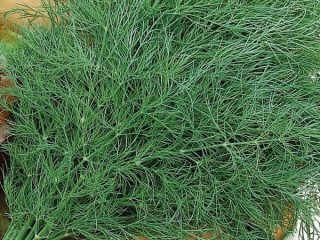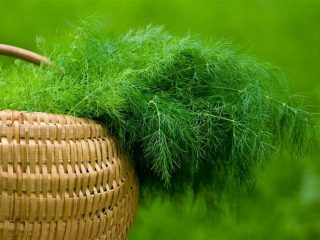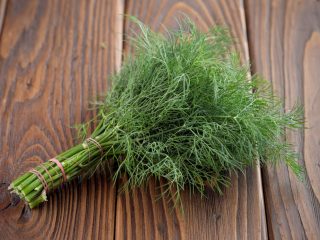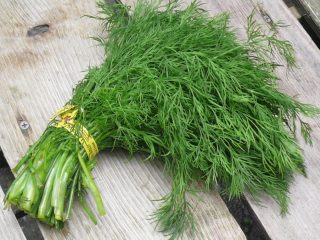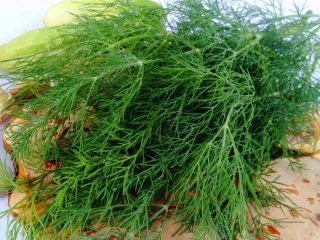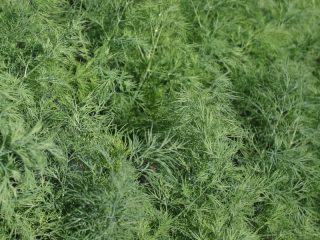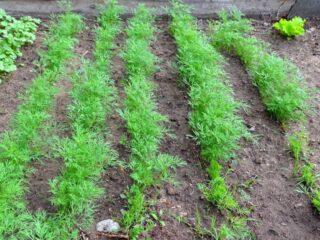Content
Watering dill in open ground is carried out regularly, spending from 5-7 to 20-30 liters of water per square meter. Water is given every five days, but in times of drought this should be done twice as often. The liquid is first settled outdoors or indoors. If possible, it is better to use melt and rain water.
Do I need to water dill?
It is necessary to water dill in all seasons - in spring and summer, and, if necessary, in autumn (planting before winter). The standard frequency is every five days. Despite the fact that dill is an unpretentious plant, regular watering plays an important role:
- rapid collection of green mass;
- the foliage remains green and lush;
- healthy seedlings, better resistant to infections;
- soil structure improves.
It is optimal not only to water, but also to spray the dill. Otherwise, the foliage may turn yellow, fade, and lose its taste and presentation.
Water can be given in different ways:
- from a sprayer so as not to damage the sprouts with the jet or wash away the soil;
- Drip irrigation is an effective method that allows you to evenly moisten the soil.Particularly useful in large areas where it is difficult to regularly water every furrow;
- The standard version is made from a watering can, suitable for small beds.
What time of day is best to water?
It is best to water dill in the evening, about 1-2 hours before sunset. If time has passed, you can give water in the late evening, when it is dark. Sometimes watering is carried out in the morning, but this is a less suitable option, because the soil does not have time to absorb moisture during the day. Due to the sun's rays, some of the liquid will evaporate.
It is not at all recommended to water during the day, especially in hot weather. At this point, you can get the spray on the leaves, causing them to get sunburned. This procedure will cause more harm than good. But if the weather is cloudy and not hot, then the liquid can be given during the day.
Water requirements
It is not worth watering with ordinary tap water, since it is cold, contains chlorine and is often hard. Therefore, it is best to use rain or melt liquid stored in the winter.
If this is not possible, you can prepare regular tap water. It is poured into large containers and left indoors for 10-12 hours. You can place the baths outside and wait a few hours - thanks to the sun's rays, the liquid will heat up quickly enough.
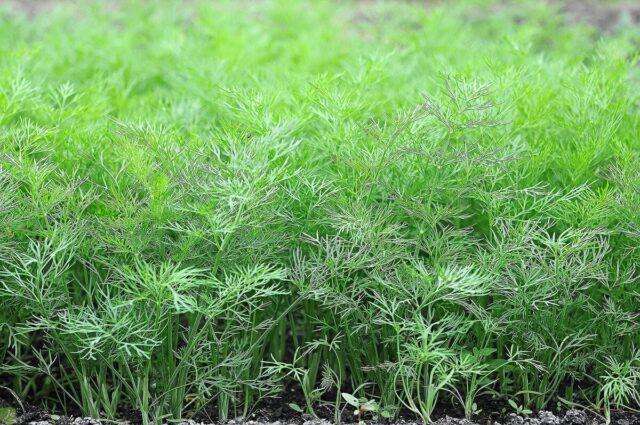
To ensure dill grows well, use settled water for irrigation.
Also, for harvesting, barrels and other containers are placed outside, which are gradually filled with rain moisture. This is the most suitable liquid for watering dill because it is soft, has a neutral pH and does not contain harmful impurities.
Thus, among the basic requirements for water for irrigation are the following:
- No chlorine. To do this, the liquid is settled or well or rain water is taken.
- Suitable temperature is room temperature in the range of 18-25 degrees.
- Moderate salt content - up to 2.5 g per 1 liter. Typically, almost any water except mineral water meets this requirement. But if in doubt, you can first evaporate 1 liter and weigh the amount of salts remaining at the bottom on a kitchen scale.
Water consumption
After planting in open ground, you need to water dill regularly, observing a certain water consumption rate. Usually it is 8-10 liters, i.e. standard bucket per square meter. This figure can be either increased to 20-30 liters or reduced to 6-7 liters, depending on various factors:
- Weather conditions (water flow is maximum during drought).
- Condition of the plants (if they turn yellow, wither, lag behind in development and look weakened, watering clearly needs to be increased).
- Development stage - dill needs to be watered more often after sowing, but not as abundantly as adult plants (they are given water less often, but in much larger quantities - up to 30 liters per 1 m2).
- Condition of the soil - it should be a little wet, but not too much, and the soil should not be dry, dense and without cracks on the surface.
You can also determine the need to water dill by the consistency of the soil:
- If you squeeze sandy soil in your fist and you cannot form a lump (it will disintegrate), additional moisture is not needed.
- If a ball is easily formed from sandy loam soil, you need to give it water. Consumption should be increased.
- If the soil is loamy and clayey, you need to roll a ball and see if it disintegrates under pressure. If not, water is not needed, consumption should be reduced.
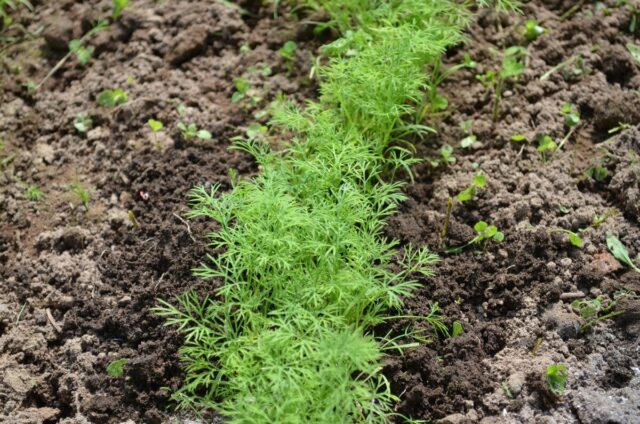
If the dill is growing well and the soil is moist, additional watering is not needed.
How often to water dill
The frequency of watering also depends on weather conditions and the condition of the plant.Another indicator is the method of cultivation. Obviously, plantings in open ground require more water, and in a greenhouse - less. The frequency of moisturizing is greatly influenced by the time of year:
- In the spring, after planting, dill should be watered moderately, no more than once a week, since the soil is quite moist after the snow has thawed and the weather is not yet hot.
- In summer, watering is given a week depending on the weather - if it is cloudy and cool, then once every 5-7 days, and if it is hot - 2-3 times a week.
- In the fall, watering is given only when planting dill (before winter), after which they mulch and do not plan any work until next spring.
In the open ground
In open ground, watering is given at least twice a week, in hot weather - three times. The exception is rainy weather. If there is too much precipitation, additional moisture is not needed, and if it is cool outside, then water is given no more than once a week.
For young plants, the consumption rate is 7 liters per 1 square meter. In hot weather, watering is 10-15 liters, and if the soil dries out, then 20-30 liters. You should not give more liquid, because the soil will be too wet, and then the plants may suffer.
During the heat
In hot weather, the number of waterings of dill is increased to 2-3 per week, i.e. The liquid is actually given on a “every other day” basis. It's best to do this in the evening. If the planting area is large, it is easier to install a drip irrigation system. It is very important to maintain regularity. For example, you cannot withhold water for an entire week and then empty several buckets at a time.This can lead to root rot as well as fungal infections.
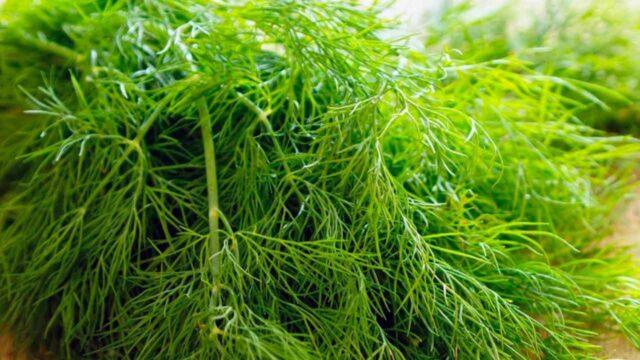
In hot weather, watering is given every two days.
In rainy weather
If the rains are strong enough and long enough, dill does not need additional moisture. It is necessary to monitor the weather forecast and not give excess fluid. But it also happens that the rains are short-lived; they only moisten the surface layer of the soil. Then the plantings are watered based on a reduced consumption rate - 7-8 liters per square meter.
At home
It is easiest to organize watering at home, since the temperature is stable, there is no dependence on the weather, and you can calculate in advance how much will be needed. During the first month, consumption is no more than 5 liters per 1 m2, then it is gradually increased to 10-12 liters. The soil is constantly loosened, while weeds are removed.
In the greenhouse
In the greenhouse, watering is given at the standard rate - once every five days. In hot weather - once every three days. Standard consumption – from 7 to 15 liters per 1 m2. At the same time, the room is regularly ventilated to maintain optimal air and soil humidity. If the temperature at night is consistently above +15, the greenhouse is left open around the clock.
What are the dangers of lack and excess of moisture?
When planning to water dill, you should observe both the frequency and the application rate. It is important to understand that both a lack and an excess of moisture are dangerous. When there is a lack of fluid, the following signs appear:
- wilting, yellowing, hardness of foliage;
- loss of aroma, taste, part of nutrients;
- growth slowdown;
- weak harvest;
- increased concentration of nitrates in plant tissues;
- plants do not absorb nutrients well and become weakened.
If you give excessive watering, believing that the more water, the better, this will also lead to negative manifestations. The main risk is associated with the development of infectious pathologies - fungal, bacterial, including blackleg. This is a very dangerous disease, due to which the root collars darken and soften. Usually young seedlings die and infect the soil and neighboring plantings.
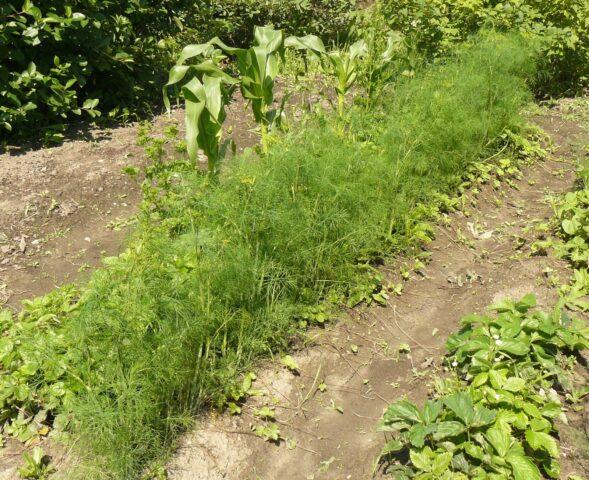
Due to insufficient moisture, the foliage turns yellow and plants lag behind in development
Excessive watering of dill leads to other dangers:
- bushes grow poorly;
- the amount of essential oils decreases – the natural aroma is lost;
- the soil is eroded, its structure deteriorates;
- soil acidity increases;
- Nutrients from the soil are less readily absorbed by the roots.
Conclusion
Watering dill in open ground is carried out every 3-5 days, depending on the condition of the plants and weather conditions. Water is given in the amount of 10-20 liters per 1 square meter. It is best to install a drip irrigation system or simply water from a watering can into the furrows, avoiding getting on the leaves and stems.
